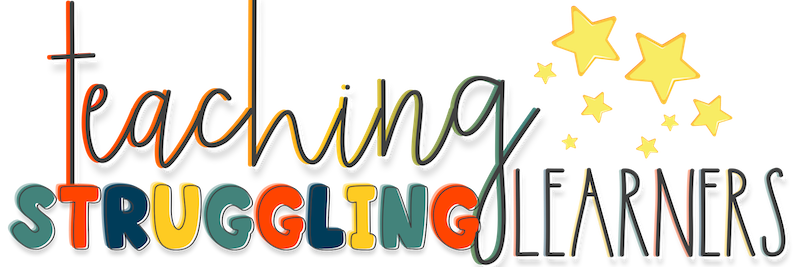Resiliency and trauma are catch-phrases in education, but how does it impact education?

Unless you’ve been living under a rock recently, you are well aware of what Coronavirus is and how it is starting to impact families and kids.
In my house we have been social distancing for about a week now and I have to say my children are driving me insane.
But the state of the world got me thinking about the students who have dealt with trauma in the past and are right now experiencing further trauma.
Trauma is a reality for a lot of students
For myself and my family this time has been a time of stress but also unity. Time to spend time together to play with my two-year-old in my five-year-old and spend some time outside together.
I realize though for a lot of my students this is not a time of togetherness and for many families this is a a time of anger, pain, and hunger. Because of that, I started reading a book that I received over the summer…. but teachers know who has time to read? Well turns out…. I do…. when we’re on social distancing…. quarantine… lockdown whatever this is.

Learning about resiliency and trauma
I started reading a book by Kristin Souers and Pete Hall called Fostering Resilient Learners: Strategies for Creating a Trauma-Sensitive Classroom. I received this book at training in July 2019. But haven’t opened it until quarantine time because you know….. teachers don’t have time to read or do anything other than teach during the school year. But I thought that now might be a good time for me to strengthen my abilities to work with my students who have experienced trauma in the past and work with them on their resiliency.
Well I thought that this book was going to be about specific strategies…. you know cuz it says strategies for creating the trauma-sensitive classroom. Honestly it’s more about making connections, tips and tricks, about connecting with students who have experienced trauma and giving them a safe place to build their resiliency. It’s about taking a step back and getting a deep understanding for what trauma is.
It turns out I really didn’t have a true understanding for what trauma and resiliency really are. I didn’t know really what it was and how it changes how people think, feel, act, and connect to others.

I’ve come to realize that a lot of my students, which I knew have been dealing with trauma… and I’ve had pretty good relationships with my students, but I realize that this coronavirus pandemic is impacting them in ways that that we will not be able to even begin to understand until it is well over. We may not know the impact until we are back in school and trying to make our way through the school year and probably next year.
A little help to support students through trauma.
In light of this I’ve decided to take my Feelings Journal that I described in a previous blog post and expand on it in a digital format to help teachers who are dealing with students who have experienced trauma and help them try to make connections. Teachers can work with those students even though we are dealing with these unprecedented times. This will be coming soon, as I navigate how best to provide this product in a digital format that helps students dealing with trauma and building their resiliency.
If you are interested in taking a look at how I support my student’s emotional needs in my classroom, check out: How 5 Minutes a Day Saved My Sanity
For more information about how I use the information I learned from this book to help my students, check out my podcast: Reaching Struggling Learners. I will be dropping new episodes every other week (until I get a handle on this podcasting thing) then hope to provide weekly insight into the classroom.
